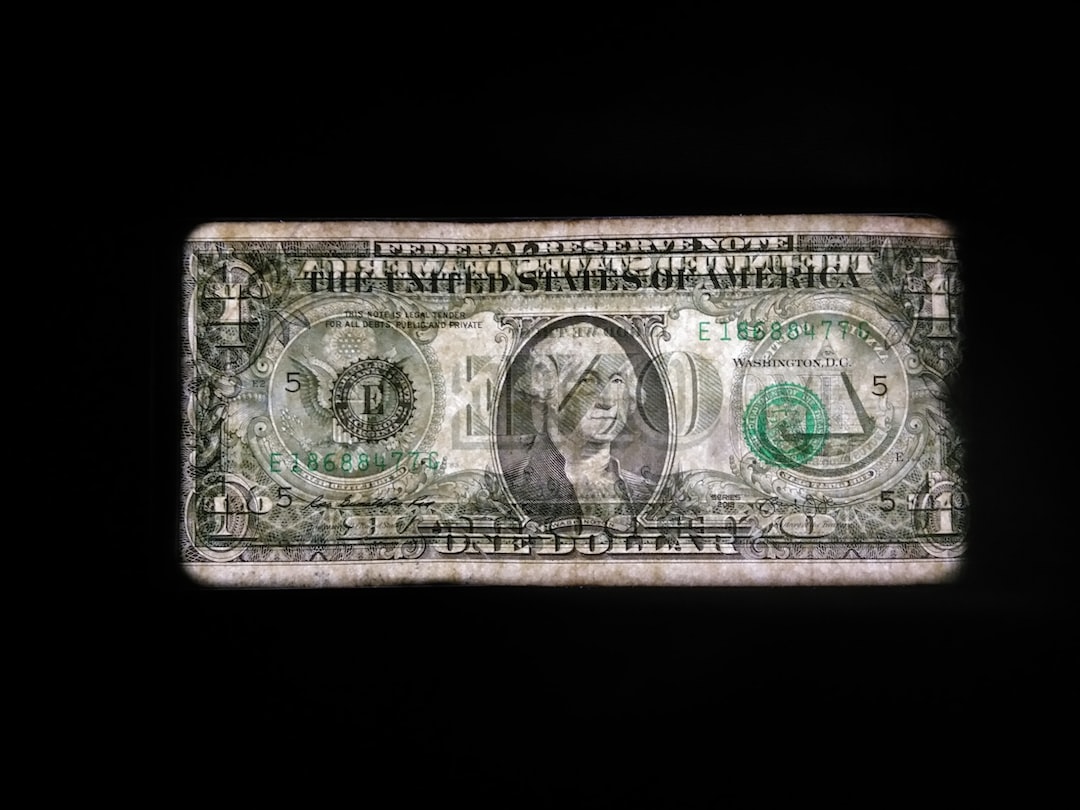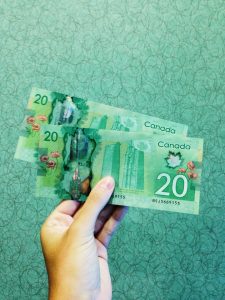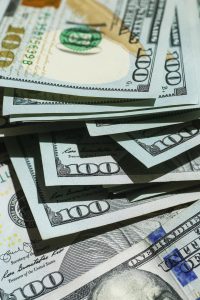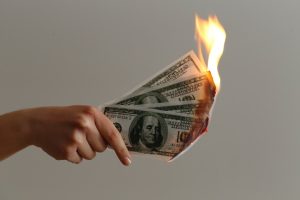When purchasing forex, there are different prices that traders can get depending on the type of order executed and the market conditions. Understanding the different prices in forex trading is essential to make informed trading decisions and manage risk effectively. In this article, we will explore the different prices that traders can get when purchasing forex.
Bid and Ask Price
The bid and ask price are the most common prices that traders encounter in forex trading. The bid price is the price at which the market is willing to buy a currency pair from the trader, while the ask price is the price at which the market is willing to sell a currency pair to the trader. The difference between the bid and ask price is known as the spread, which is essentially the cost of trading.
For example, if the bid price for EUR/USD is 1.2000 and the ask price is 1.2005, the spread is 5 pips. Traders can buy the currency pair at the ask price and sell it at the bid price. The spread represents the profit that the broker earns for facilitating the trade.
Market and Limit Orders
When placing an order to buy or sell a currency pair, traders can choose between a market order or a limit order. A market order is executed at the best available price in the market, which means that the trader will get the bid or ask price depending on whether they are buying or selling.
For example, if a trader places a market order to buy EUR/USD, they will get the ask price at the time the order is executed. If the ask price is 1.2005, the trader will pay that price to buy the currency pair. Market orders are usually used for quick trades or when the trader wants to enter or exit the market immediately.
On the other hand, a limit order is an order to buy or sell a currency pair at a specific price or better. If the market price reaches the limit price, the order is executed automatically. A limit order can be used to enter the market at a specific price or to take profit or stop loss at a specific price.
For example, if a trader places a limit order to buy EUR/USD at 1.1950, the order will only be executed if the market price reaches 1.1950 or lower. If the market price never reaches that level, the order will not be executed. Limit orders are usually used for longer-term trades or when the trader wants to enter or exit the market at a specific price.
Slippage
Slippage is the difference between the expected price of a trade and the actual price at which the trade is executed. Slippage can occur when the market is volatile or when there is low liquidity. Slippage can be positive or negative, which means that the trader can get a better or worse price than expected.
For example, if a trader places a market order to sell EUR/USD at 1.2000, but the market price drops to 1.1995 before the order is executed, the trader will get a better price than expected. On the other hand, if the market price rises to 1.2005 before the order is executed, the trader will get a worse price than expected.
Slippage can be managed by using limit orders, which can help to avoid getting a worse price than expected. Limit orders can also be used to take profit or stop loss at a specific price, which can help to reduce the impact of slippage on the trading account.
Conclusion
When purchasing forex, traders can get different prices depending on the type of order executed and the market conditions. Understanding the bid and ask price, market and limit orders, and slippage is essential to make informed trading decisions and manage risk effectively. Traders should also consider the cost of trading, such as the spread and commission, when choosing a broker or trading platform. By understanding the different prices in forex trading, traders can improve their trading performance and achieve their trading goals.





